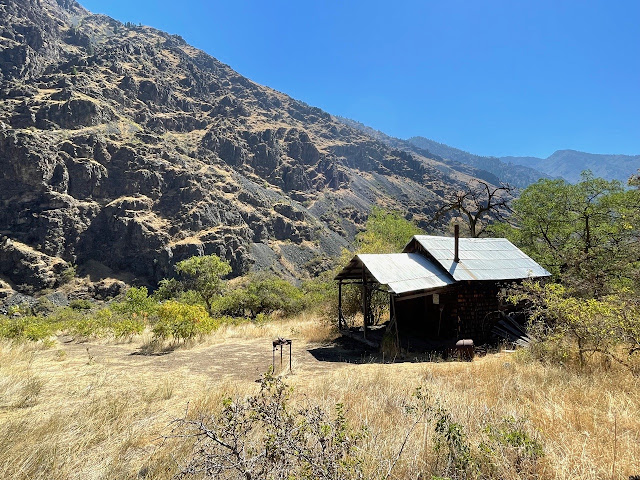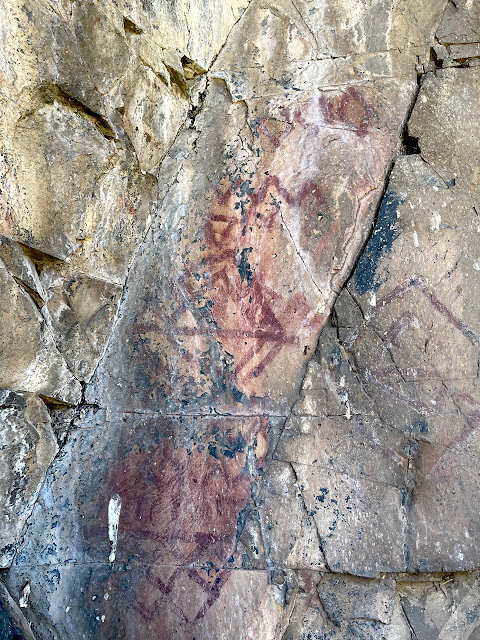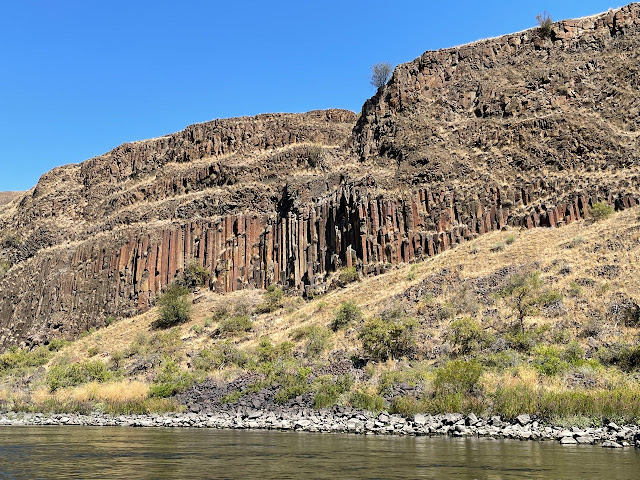I was recently contacted by Shepherd, a web-based company that helps promote the books of authors in certain subjects, who then list five books that the authors recommend to learn more about their subject. I chose the subject - Geology and Landscapes of the American Southwest and Colorado Plateau.
You can access the home page to my featured book and my five recommendations here. The title Shepherd features from my portfolio of books is "Carving Grand Canyon."
And the five books I recommend to those who want to dive into the geology and landscapes of the American Southwest and Colorado Plateau are:
Hiking the Grand Canyon's Geology by Lon Abbott and Teri Cook
Volcanoes of Northern Arizona by Wendell Duffield
Desert Heat, Volcanic Fire by David Kring
Geology of the Canyons of the San Juan River by Donald Baars
Geology of the American Southwest by W. Scott Baldridge
All of these books will bring you along in your discovery of the amazing geology here. Please check out the page at the link above or here.



































